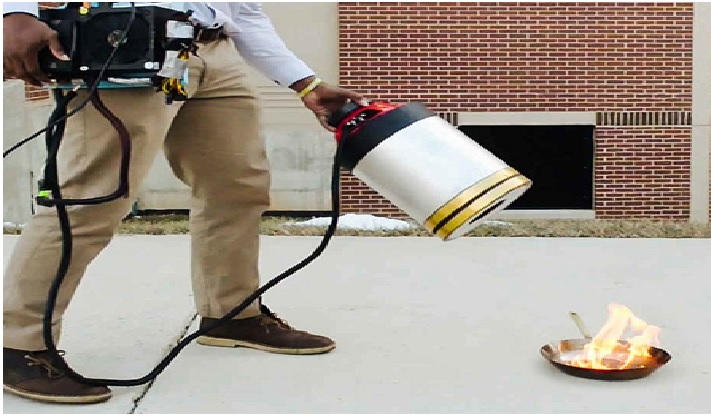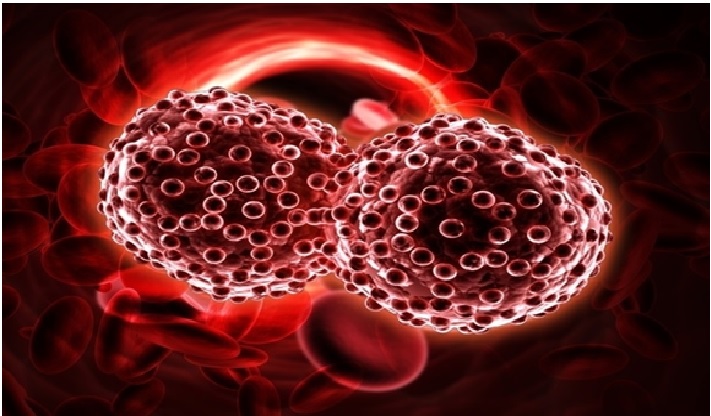The Biomaterials Interact with Biological Systems
Biomaterials are substances that can interact with biological systems for medical purposes. Biomaterials can be derived from [1] nature or synthesized in the laboratory using a variety of chemical approaches. The overview of biomaterials is shown in figure 1.

Figure 1: The Biomaterials [2]
These materials are primarily used or adapted for applications in the medical industry. These materials contain a whole or part of a living structure or a biomedical device that leads, increases, or replaces the natural function of the body. Biomaterials are also used daily across applications for dental, surgical operations and for delivery of drugs.
Metals, ceramics, plastic, glass, and even living cells and tissue all can be used in creating a biomaterial. They can be reengineered into molded or machined parts, coatings, fibers, films, foams, and fabrics for use in biomedical products and devices. These may include heart valves, hip joint replacements, dental implants, or contact lenses. They often are biodegradable, and some are bio-absorbable, meaning they are eliminated gradually from the body after fulfilling a function.
Biomaterials can be defined as a matter that interacts with the biological systems. Study of which is known as Biomaterials science. Development of new and novel products has lead to the growth of the field and gained importance in the society. [3] The field mainly comprises of Material science, Tissue engineering etc. Journal of Powder Metallurgy and Mining is an Open Access journalincludes a wide range of fields in its discipline.Scholarly open access journal aims to publish most complete and reliable source of information on the discoveries and current developments in the mode of original articles, review articles, case reports, short communications. Biomaterials are useful for many applications like Joint replacements, Bone plates, Bone cement, Artificial ligaments and tendons, Dental implants for tooth fixation, Blood vessel prostheses, Heart valves, Skin repair devices (artificial tissue), Cochlear replacements.
Injectable biomaterials are being used increasingly for the delivery of therapeutic agents such as medicine, genetic materials, and proteins. [4] They offer the possibility to treat a variety of conditions by providing targeted delivery while avoiding uptake by the immune system. Research currently underway using both synthetic and naturally derived injectable biomaterials may one day be used to treat bone defects, cancer, and heart attacks.
Supramolecular biomaterials complexes of molecules that exceed the limits of what molecules can do on their own have the potential to both sense and respond, making them ideal materials for treating injury or disease. Researchers are exploring the development of supramolecular biomaterials that can be turned on or off in response to physiological cues or that mimic natural biological signalling.
References:
- https://www.linkedin.com/pulse/7-different-types-biomaterials-applications-you-should-know-?trk=organization-update-content_share-article
- https://www.azom.com/article.aspx?ArticleID=108
- https://www.omicsonline.org/biomaterials-uses.php
- https://www.nibib.nih.gov/science-education/science-topics/biomaterials
Cite this article:
Vinotha D (2022), The Biomaterials Interact with Biological Systems, AnaTechMaz, pp.193















